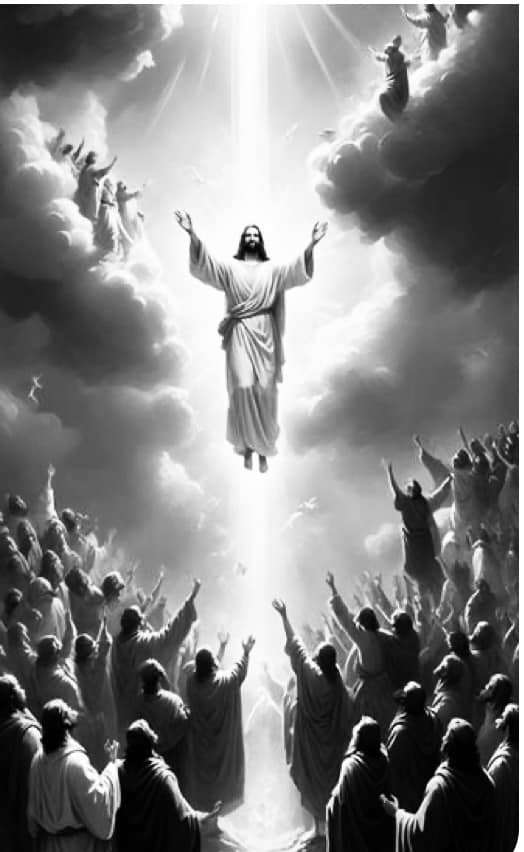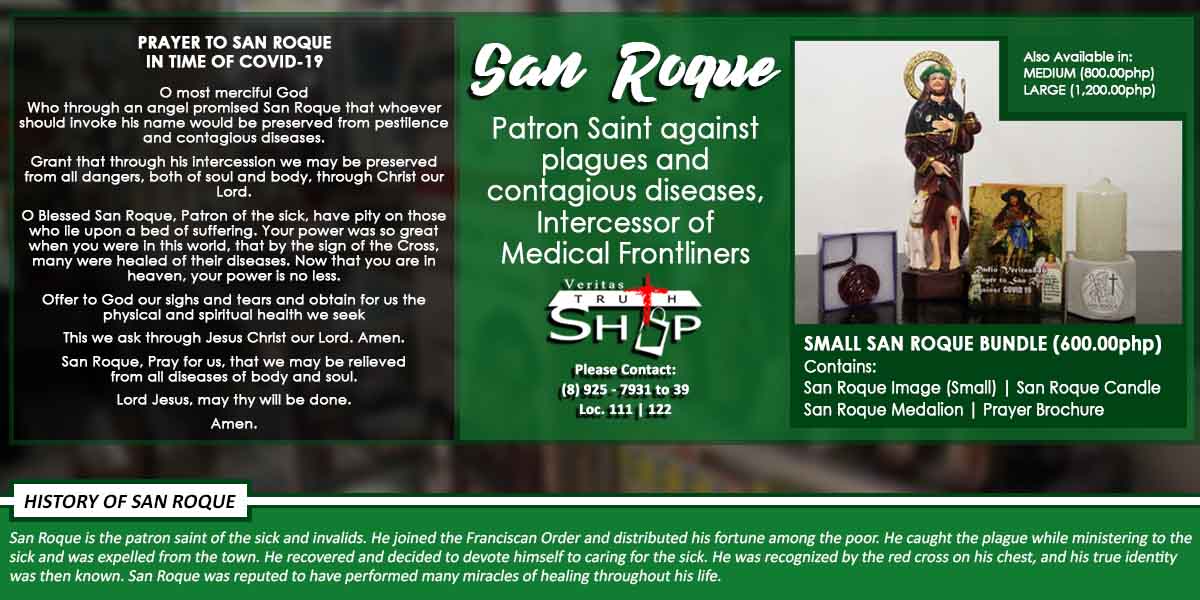3,770 total views

Talking about the Ascension, it is only Luke who “literally” described it or represented it as an established “historical” fact observed by sensible experience, (cf. Lk 24:46-53; Acts 1:1-11). And restraint characterizes these two accounts where only the departure is observed There is no specific moment of the Ascension in Matthew, Mark (short ending), nor in John, for it is subsumed in Christ’s resurrection; (but cf Jn 14:5,17, 28 about his going back to the Father).
The gospel of Mark read today gives an account of the final mandate and ascension of Jesus (16:15-20), serving as an ending to the gospel (which according to biblical scholars is missing from some of the earliest Greek manuscripts and considered as a later addition bringing the gospel to an ordered conclusion by combining elements of Luke 24 and John 20).
The mandate is one of gospel proclamation to be accompanied by baptism (vv15f), with salvation hinging on acceptance or rejection of the latter. There is no explicit mention of the Spirit as the effective agent, although its presence in baptism is clearly presumed. The signs accompanying the apostles are those associated with the wonder workers of the time and are seen here as giving probative force to the apostolic message.
The term ‘analambanō’ ( ἀναλαμβανω ), (v19; cf s1S#31Take (Up)16/05/21)connotes, in the majority of its occurrences, ‘take up’, with the nuance of ‘ascending to heaven’, (cf. also 1 Tm 3:18. In the Septuagint (LXX), the OT Greek translation, the same verb is used: Elijah is taken up to heaven on a fiery chariot, (2 Kg 2:1,11; 1 Mc 2:58; Sir 48:9); and Enoch, too, (Sir 44:16; 49:14, cf. Gen 5:24; Heb 11:5).
These “ascending” phenomena experienced by holy men are nothing compared to that of Jesus. His exaltation is truly a mystery, an event that transcends history, a new and in a sense indescribable phase of Christ’s existence. But since it has distinguishable aspects that admit literary separation, Luke employed a literary device in which he described the departure of Jesus in a literal ascension. It serves to bring the era of Jesus to closure and, in today’s gospel, the beginning of the mission of his disciples.
As we come to the end of the Easter season and look back and reflect on the saving mysteries Jesus has done for us, may the experience impel us to continue his mission to proclaim boldly the gospel and become truly his witnesses to the ends of the world, as he mandated his disciples, with the guidance of the Holy Spirit. In so doing we will follow him where he has gone before us in glory, just as he promised. Amen
















